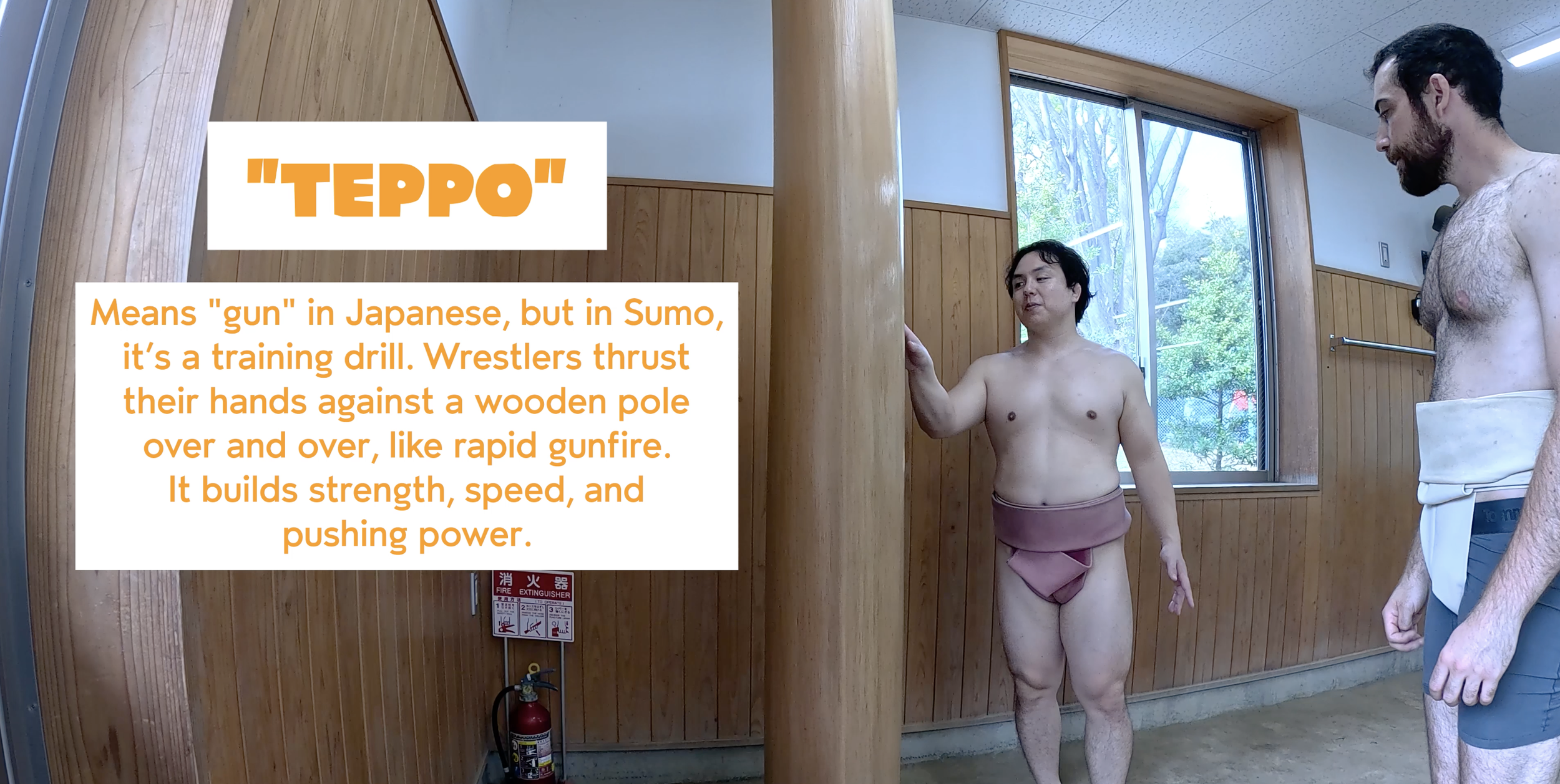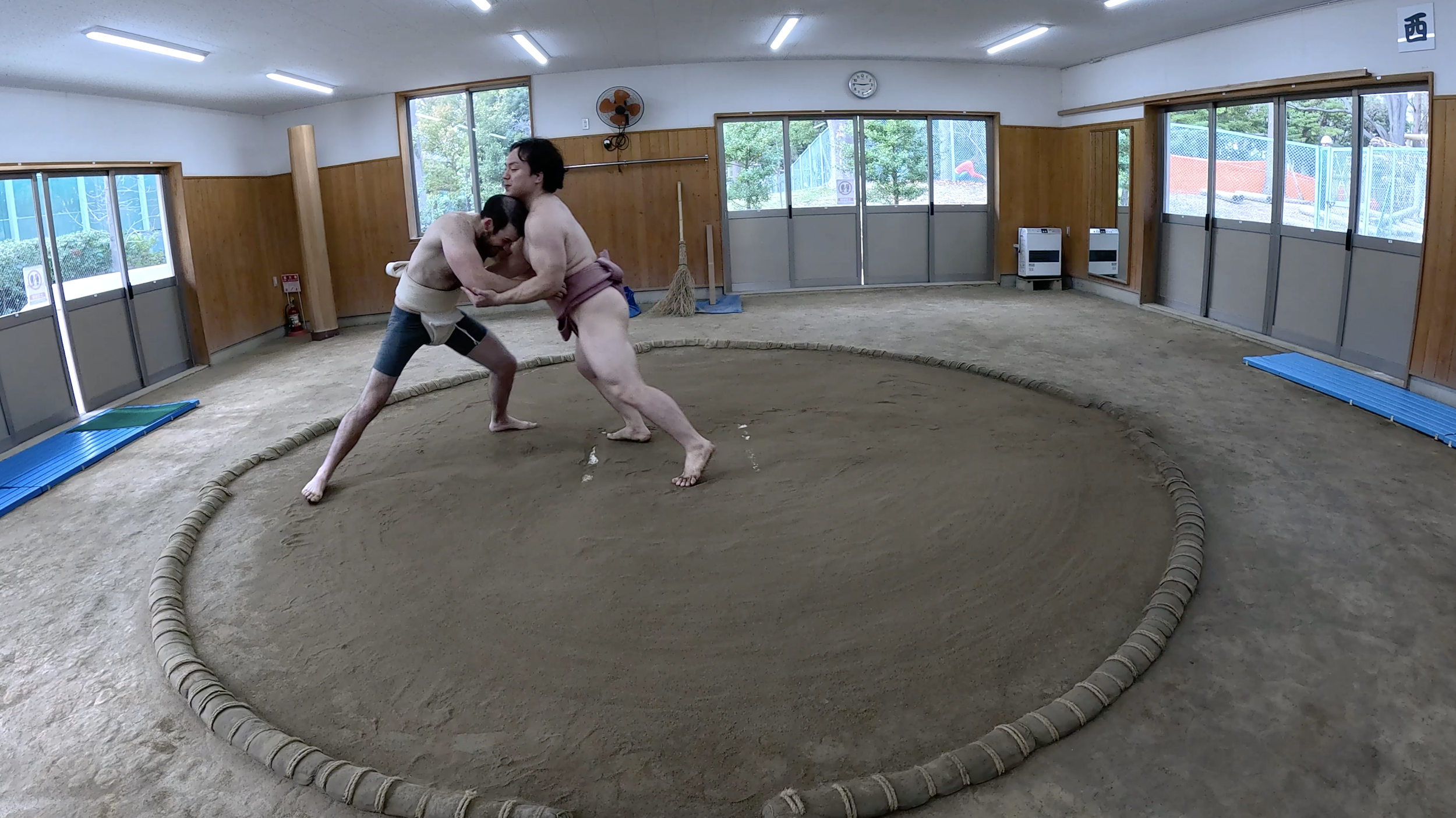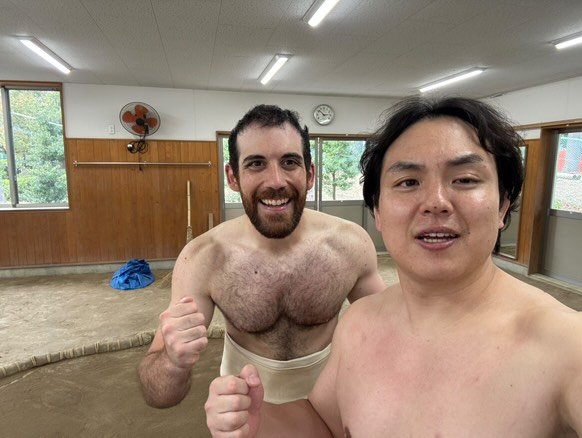Sumo Wrestling in Tokyo Japan – I Actually Got in the Ring
Real Fight, Not a Show
I didn’t come to Tokyo just to watch sumo—I came to become it.
This wasn’t some tourist-friendly sumo show where you sit, clap, and maybe snap a photo in a costume. This was a full-on authentic sumo training session—and I wasn’t just observing, I was wrestling. In a real ring. Against a real sumo. Wearing the real belt.
Let me take you through one of the most intense, humbling, and uniquely Japanese experiences I’ve ever had.
🧭 The Journey to the Dojo: A Hidden Sumo Gem in Tokyo
Most people picture sumo wrestling as something you watch in a giant arena, but the best way to experience it? Step out of the tourist zones. I took the metro a few stops outside the usual Tokyo hotspots and found myself walking through a quiet, residential neighborhood.
No flashy signs. No check-in counter. Just a nondescript building in a sleepy part of town that happened to contain one of the best sumo experiences in the city.
Sometimes the best experiences start where the crowds aren’t.
💰 Why I Chose This Sumo Class
There are dozens of sumo-related experiences in Tokyo. Some are shows with meals, some involve watching retired wrestlers demo a match—but I wanted to do, not just see.
I chose this particular class because:
It was smaller and more personalized
You actually get to train and fight
The instructor is a real rikishi (sumo wrestler)
You’re not just watching, you’re sweating
Yes, it cost ¥32,000 (~$209 USD). That’s on the higher end for a tourist activity, but I’m telling you now—it was worth every yen.
Sumo Class Cost
🧔🏽 Meet Takeshi – Your Coach, Opponent, and Hype Man
Takeshi Amitani has been wrestling for over 20 years. He’s part pro athlete, part historian, part stand-up comedian. Within five minutes of meeting him, I knew I was in good hands—even if those hands were about to shove me out of a dirt ring.
He’s kind, funny, incredibly knowledgeable, and somehow manages to make everyone feel welcome—even when they’re about to get flattened.
I asked him if I could become his apprentice. He said only if I beat him.
🧎♂️ The Training Begins: Rituals, Warm-Ups & Technique
Sumo Warm-Up
Sumo may look like two big guys slamming into each other, but there’s deep technique involved. Takeshi guided me through tepō (a striking motion to train power and posture), butsukari (charging and pushing), and countless drills focused on leg movement, balance, and timing.
Even the warm-ups were brutal. Within five minutes, I was sweating through every layer I had on (and I hadn’t even been thrown yet).
🧴 What You NEED to Bring
Trust me: You’re not ready unless you bring the following.
A LOT of water. I brought one bottle. That was laughably not enough.
A full-sized towel. You will sweat more than you thought possible.
A change of clothes. Preferably everything. Including socks.
Shower stuff. There’s a clean public shower next door, but no soap provided.
Courage. You’re going to be face-to-face with a sumo wrestler. In a thong.
🩲 The Mawashi Moment: Stripping Down for Authenticity
The rikishi mawashi is the traditional sumo belt. It’s made of thick cotton, tied tightly around your waist and between your legs—and nothing else.
Most people wear shorts underneath. I didn’t.
I changed in what was essentially a broom closet. Takeshi had to help tie the mawashi (which basically means, yes, I got naked in front of a stranger). Was it awkward? Deeply. Was it memorable? Unforgettably so.
I blurred the footage for YouTube. You’ll thank me.
🤼♂️ The Main Event: Fighting a Real Sumo Wrestler
Then... the bell rang (figuratively). Takeshi and I locked up. He taught me proper form, grip, footwork, and then he let me try.
We wrestled. He knocked me out. I got back up. We did it again.
Sumo matches are typically over in less than 10 seconds—but they are explosive. It’s like sprinting into a wall, then trying to move it.
It felt like being hit by a freight train. A polite, smiling, Japanese freight train.
⛩️ The Sacred Roots of Sumo Wrestling
Sumo isn’t just a sport—it’s a 1,500-year-old tradition rooted in Shinto rituals. Originally performed to entertain the gods, sumo still retains ceremonial elements in every match: from the salt purification to the foot stomping meant to drive out evil spirits.
Wrestlers live together in sumo “stables,” follow strict diets (ever heard of chanko nabe stew?), and even wear their hair in a traditional topknot. It’s more than a sport—it’s a way of life.
When you step into that ring, you’re not just wrestling. You’re stepping into centuries of Japanese culture.
👨👩👧👦 Who Is This Experience For?
Surprisingly: everyone.
Men, women, kids, even elderly participants are welcome
You don’t have to be strong—you just have to be curious
Takeshi adapts to every person’s level
You can come with friends, family, or even solo
Whether you’re terrified or excited, you’ll leave feeling stronger than when you entered.
⏱️ Logistics & What to Expect
Length: 2 to 3 hours depending on group size
Location: Residential Tokyo neighborhood (exact directions after booking)
Facilities: Public changing rooms and showers on-site
Group Size: Small groups; private sessions possible
Price: ¥32,000 (~$209 USD)
Booking: Contact Takeshi directly
📩 How to Book This Sumo Experience
If you're ready to get in the ring, here's how to do it:
📲 Message Takeshi on Instagram to book
He’s responsive, speaks English, and will walk you through everything you need.
📺 Watch the Full Vlog on YouTube
Want to see the slams, sweat, and skinny legs in action?
🎥 Watch the full vlog here:
👉 Watch the Full Sumo Video on YouTube
It includes everything from my awkward dressing moment to my final (tired) match.
🧳 Final Thoughts
This wasn’t just another tourist activity. It was transformational.
In two hours, I learned about the history, trained like a rikishi, got absolutely wrecked in the ring, and left with a newfound respect for Japan’s national sport.
Sumo isn’t just for watching. It’s for feeling—with your whole body. So if you’re in Tokyo and ready to step outside your comfort zone (and into a mawashi), I can’t recommend this experience enough.
See you in the ring. Or at least in the YouTube comments.











